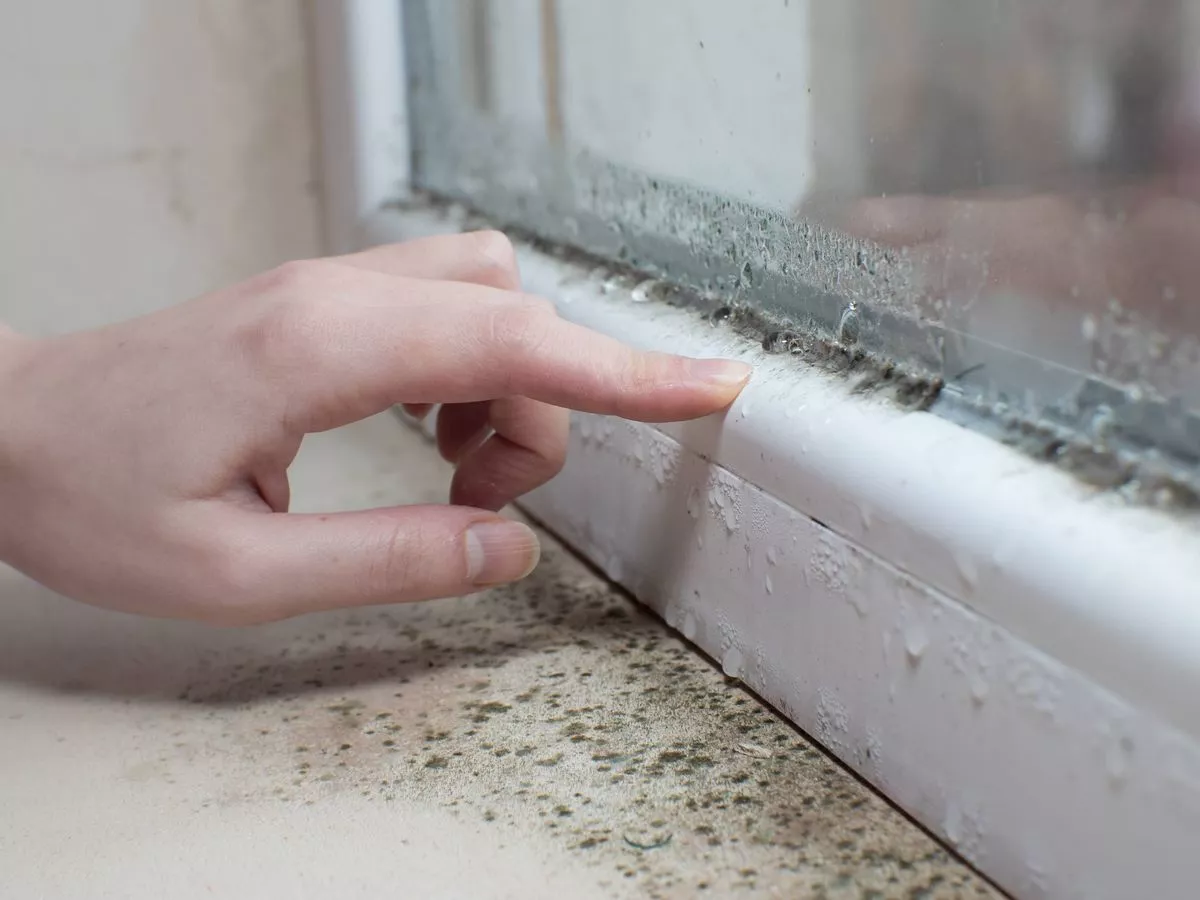Copyright mirror

Condensation on windows is a widespread problem that countless households face, particularly during the chillier months of late autumn and winter . This issue occurs when the heated air indoors encounters the cold window pane, resulting in moisture and water droplets forming, which can cause dampness and mould , reports the Express . When left unaddressed, the mould can result in some severe health implications. BBC Weather presenter Simon King recently revealed some useful advice for tackling condensation this season. You won't need to splash out on a dehumidifier quite yet, but alter three things you do around your home. He said: "Have you been waking up to condensation on your windows? It happens because warm, moist air inside your room close to the windows will cool down at night. "And because colder air can't hold as much moisture, water vapour in the air condenses into water droplets on your cold window glass." Simon continued: "It's difficult to stop this from happening." Nevertheless, there are three straightforward steps everyone can take to minimise the chances of condensation developing on windows. These include: Some cleaning enthusiasts have previously recommended using washing up liquid as a swift fix for condensation. Simply dab the washing up liquid onto a flannel or microfibre cloth, wiping across the entire window. The dish soap assists in creating a protective layer on the glass, stopping water droplets from developing. However, experts cautioned that this should only be utilised as a short-term fix to the issue. GLRE Glazing Refurbishment revealed that washing up liquid can serve as a short-term fix. The firm's specialists said the trick operates by forming a delicate layer that reduces surface tension and stops water droplets from appearing on chilly surfaces. But GLRE cautioned: "Remember, it's a temporary solution and may not completely stop condensation, especially on colder days. It's best applied to the bottom of the windows where condensation tends to accumulate the most." If you want ideas and inspiration to plan your next UK adventure plus selected offers and competitions, sign up for our 2Chill weekly newsletter here



